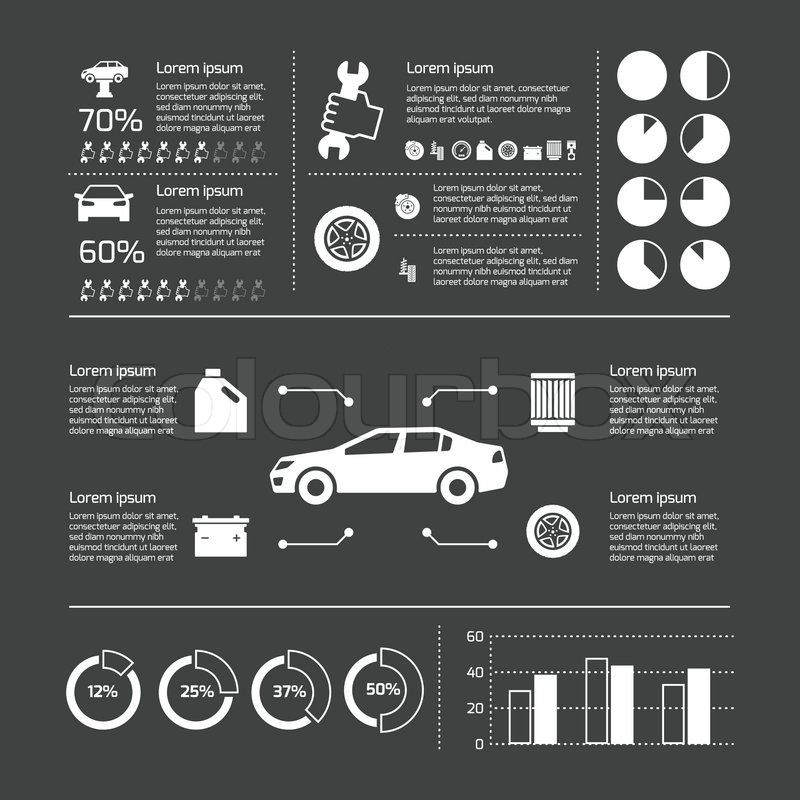Eager To Understand What The Dashboard Caution Lights In Your Auto Signify? Explore Their Definitions For The Health And Security Of Your Automobile
Eager To Understand What The Dashboard Caution Lights In Your Auto Signify? Explore Their Definitions For The Health And Security Of Your Automobile
Blog Article
Short Article Author-Termansen Corbett
When you're behind the wheel, those beautiful caution lights on your control panel can be a little bit complicated. Do you understand what they're trying to tell you concerning your vehicle's health? Understanding the importance of these lights is vital for your security and the longevity of your vehicle. So, Click On this page among those lights turns up, would not you wish to understand its message precisely and take the essential actions to address it?
Common Caution Lighting and Interpretations
Determine common caution lights in your car and comprehend their meanings to make sure safe driving.
One of the most normal warning lights consist of the check engine light, which indicates problems with the engine or emissions system. If this light begins, it's crucial to have your vehicle checked quickly.
The oil stress warning light suggests reduced oil stress, calling for immediate focus to stop engine damage.
A flashing battery light could suggest a faulty billing system, possibly leaving you stranded otherwise attended to.
The tire pressure surveillance system (TPMS) light signals you to reduced tire stress, influencing automobile security and gas performance. Neglecting this could result in harmful driving conditions.
The abdominal light suggests a problem with the anti-lock braking system, jeopardizing your capability to stop promptly in emergency situations.
Lastly, the coolant temperature level cautioning light warns of engine overheating, which can cause serious damage if not settled swiftly.
Understanding these typical warning lights will help you deal with issues quickly and keep risk-free driving problems.
Significance of Prompt Interest
Understanding the common warning lights in your vehicle is only the initial step; the importance of without delay resolving these warnings can't be stressed sufficient to ensure your safety and security when traveling.
When a warning light illuminates on your dashboard, it's your automobile's way of interacting a potential issue that needs interest. Ignoring https://www.khou.com/article/money/cars/car-parts-shortage/285-ec3ea718-2163-4968-901a-4517535edf89 can bring about much more extreme troubles down the road, endangering your security and potentially costing you a lot more in repairs.
you could try this out to advising lights can prevent breakdowns and crashes. For instance, a blinking check engine light might indicate a misfire that, if left unattended, might create damages to the catalytic converter. Addressing this without delay can save you from a costly repair.
In a similar way, a brake system alerting light might indicate reduced brake fluid or used brake pads, crucial elements for your security when driving.
DIY Troubleshooting Tips
If you discover a warning light on your control panel, there are a couple of DIY fixing tips you can try prior to seeking specialist aid.
The primary step is to consult your car's handbook to understand what the details warning light indicates. Often the problem can be as simple as a loose gas cap activating the check engine light. Tightening up the gas cap may fix the trouble.
One more common problem is a low battery, which can cause numerous cautioning lights. Checking the battery connections for corrosion and ensuring they're protected might repair the problem.
If a caution light continues, you can try resetting it by detaching the automobile's battery for a couple of mins and then reconnecting it. Additionally, examining your automobile's fluid levels, such as oil, coolant, and brake fluid, can aid troubleshoot cautioning lights associated with these systems.
Verdict
In conclusion, comprehending your auto's caution lights is necessary for maintaining your car running efficiently and securely. By quickly dealing with these signals and recognizing what they suggest, you can prevent expensive repair work and prospective malfunctions.
Remember to consult your car's guidebook for particular information on each cautioning light and take action appropriately to ensure a hassle-free driving experience.
Stay educated, stay risk-free when traveling!
